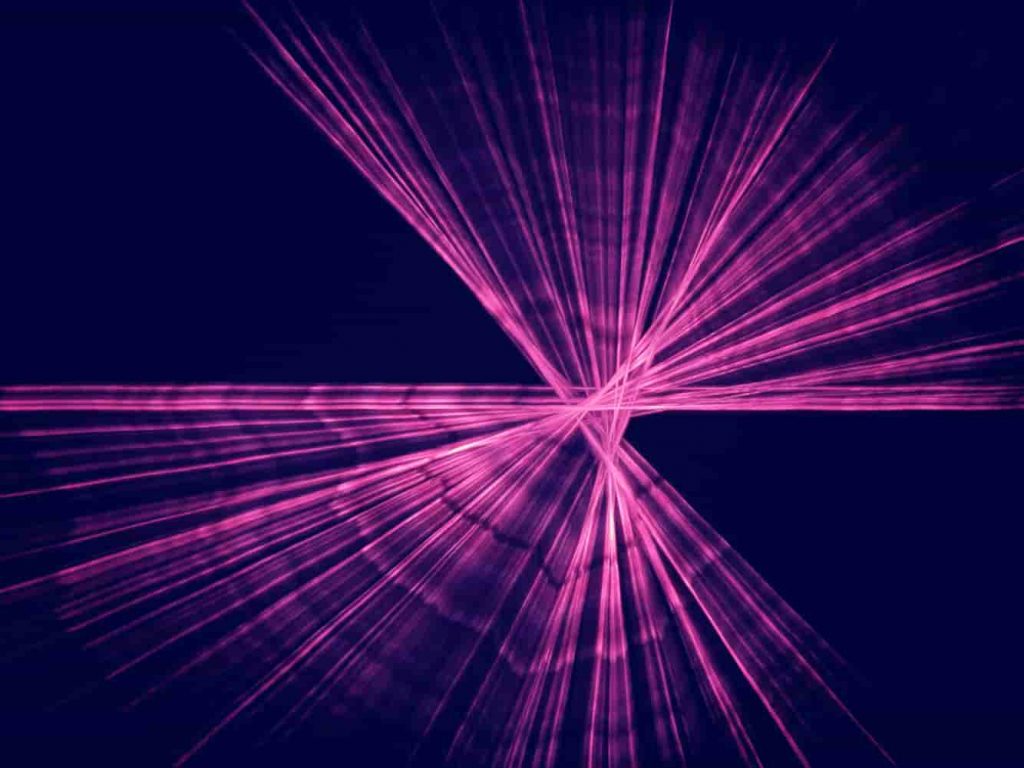Of course, every architectural design and feat is unique. This means that there are likely creative applications of the 3D laser scanning tech not described below that are enjoyed by architects. Don’t let yourself feel limited by the below list. If you can think of another application, it might be worth giving it a try.
What Is 3D Laser Scanning Technology?
3D laser scanning is beloved for its non-contact, non-destructive mapping abilities. It can make a digital capture of the shape of a physical object using a line of laser light. It works by creating data points on the surface of the object and converts these data points into a digital model that’s 3D and scalable. Because of its accuracy, 3D laser scanning technology can be used to measure and inspect surfaces that are contoured or which contain complicated geometries. It can also provide highly complex data much more quickly and precisely than traditional measurement practices. Many architects are probably familiar with using lasers as measurement tools or as a technique for cutting materials. In particular, laser technology is often used to create facades involving highly intricate patterns. The 3D scanning element of laser technology has only begun to be utilized.
What Does The Process Involve?
The initial stage of the 3D laser scanning process involves bringing the object to the laser or the laser to the object (in the case of a large property, for instance). The software then drives the laser probe above the object’s surface. The probe projects a line of laser light onto the item’s surface while two sensor cameras simultaneously record the changing difference and the shape in the X, Y, and Z dimensions. Once the scan is complete, millions of data points compile, register, and merge on the computer monitor to create a replica of the object that was laser scanned. The type of model chosen to represent the object in the digital world depends on the reasons for the scan being conducted. If inspections need to be completed, this point in the process is where that happens. This might involve a color map deviation report and a comparison of the object to the designer or architect’s data. 3D printing options become available after the object is scanned. If, for instance, a model of the scanned building or room is required, the digital model can be used to orchestrate this. https://prtwd.com points out that 3D printed models allow a visual demonstration of how each layer is manufactured, unlike injection molding, which involves carving a mold first and filling it with the material of your choice. 3D printing tends to be a faster process for creating a building model as well.
Benefits In Architecture
Outside of this standard process, there are countless uses of 3D scanning technology within the architecture industry. Foremost, on-site 3D scanning ensures that you’re not limited in any way by the shape or size of the object you’re trying to better measure and understand, nor are you limited by environmental factors like lighting or exterior/interior impacts. In particular, those working with pre-existing architectural constructs might be eager to have complete documentation of the existing conditions before they start to make suggestions and move things around. 3D laser scanned images can also create permanent records, which can be used in the short term by the building crew or architectural team. These records can also be saved for potential legal discussions later on down the road. Moreover, 3D laser scanning can greatly reduce the time and costs required to set up cameras and measurement devices when using traditional methods of gathering data about a construction. It also reduces the risk of human error when taking measurements. In addition to the above, sometimes buildings are in poor condition or are located in dangerous areas. Using 3D laser scanning to gather data and intel about buildings can increase the safety of staff. The above benefits should give you a good idea of the uses that 3D laser scanning technology can provide for those working in architecture. This new technology is being applied to all sorts of building and construction problems worldwide and producing excellent results. Again, given that architecture is an inherently creative field, this is likely only the beginning of its relationship with 3D laser scanning technology.



